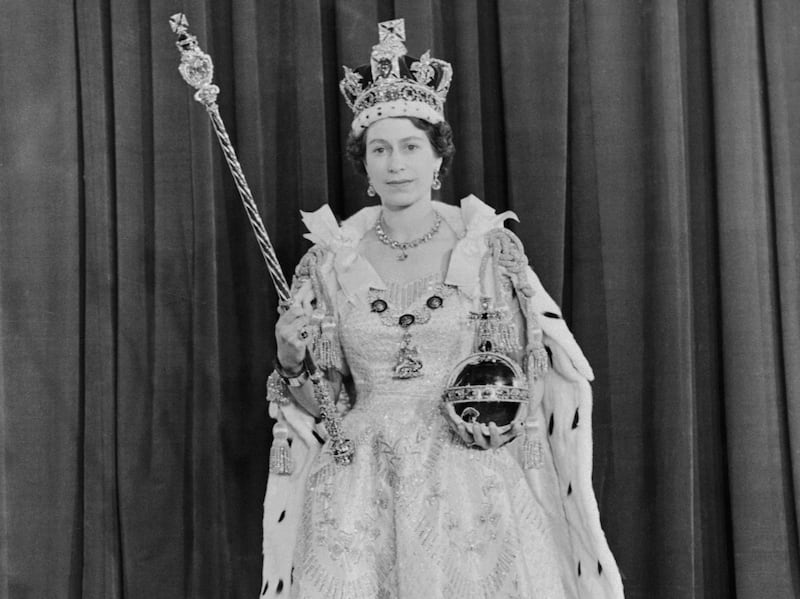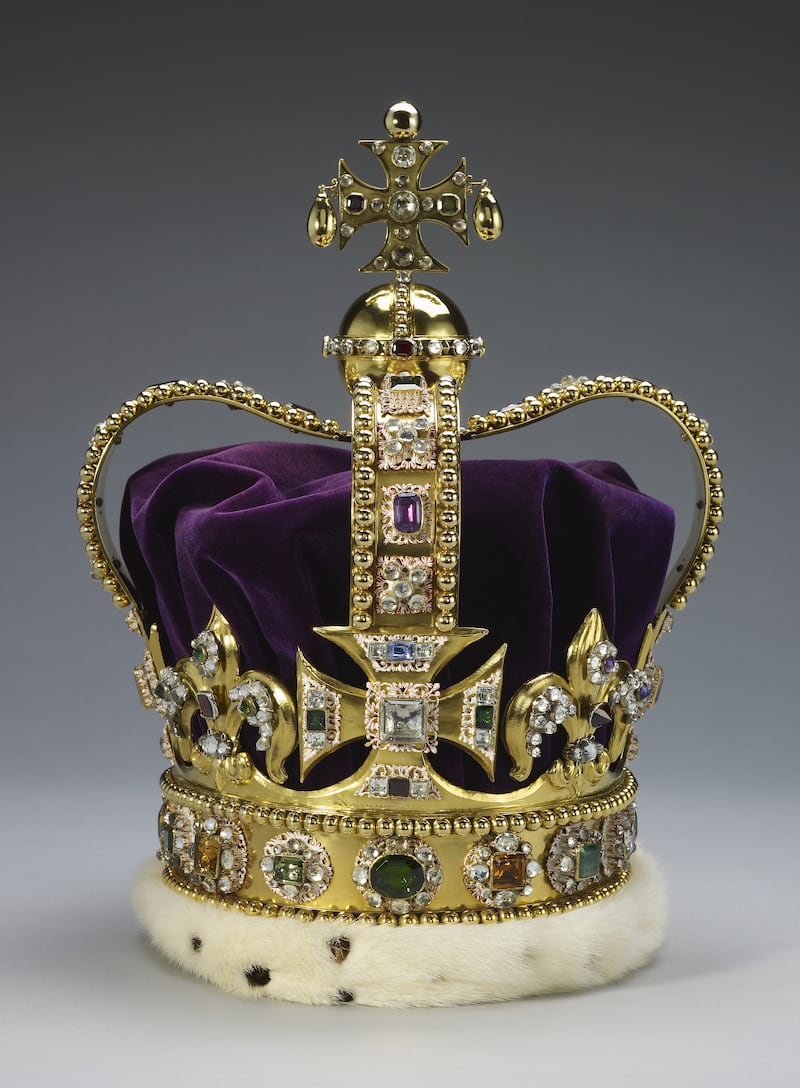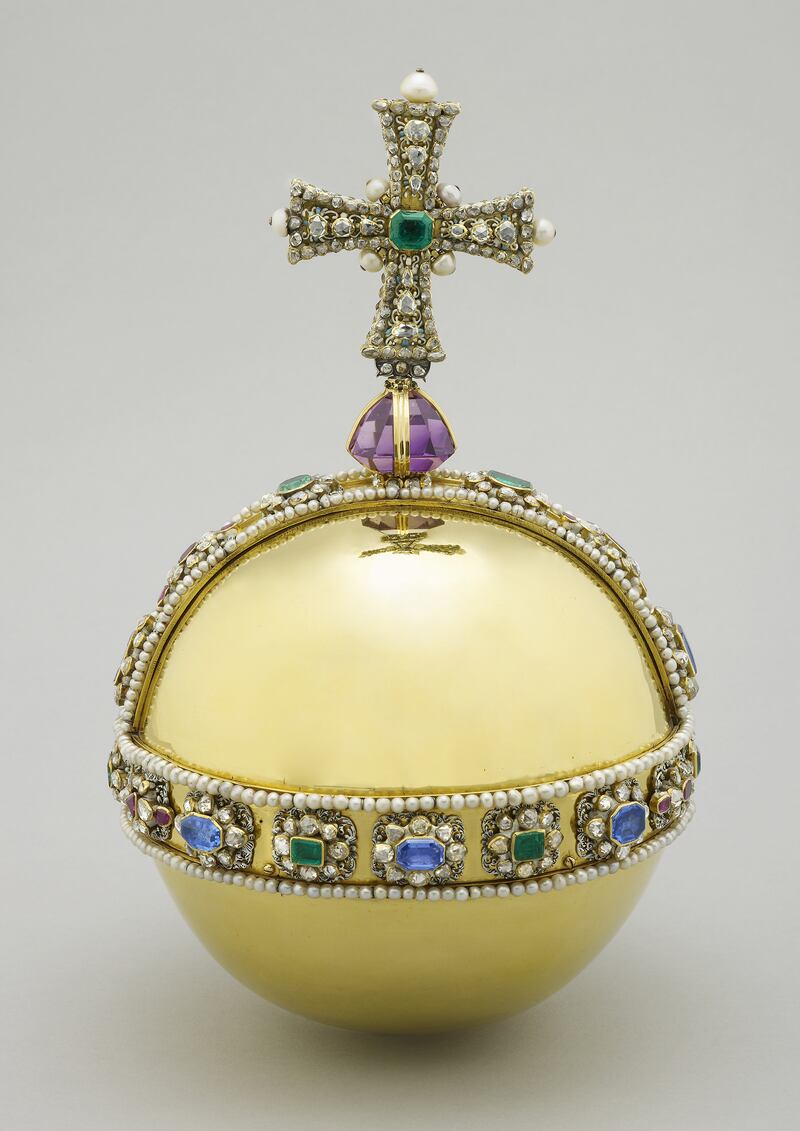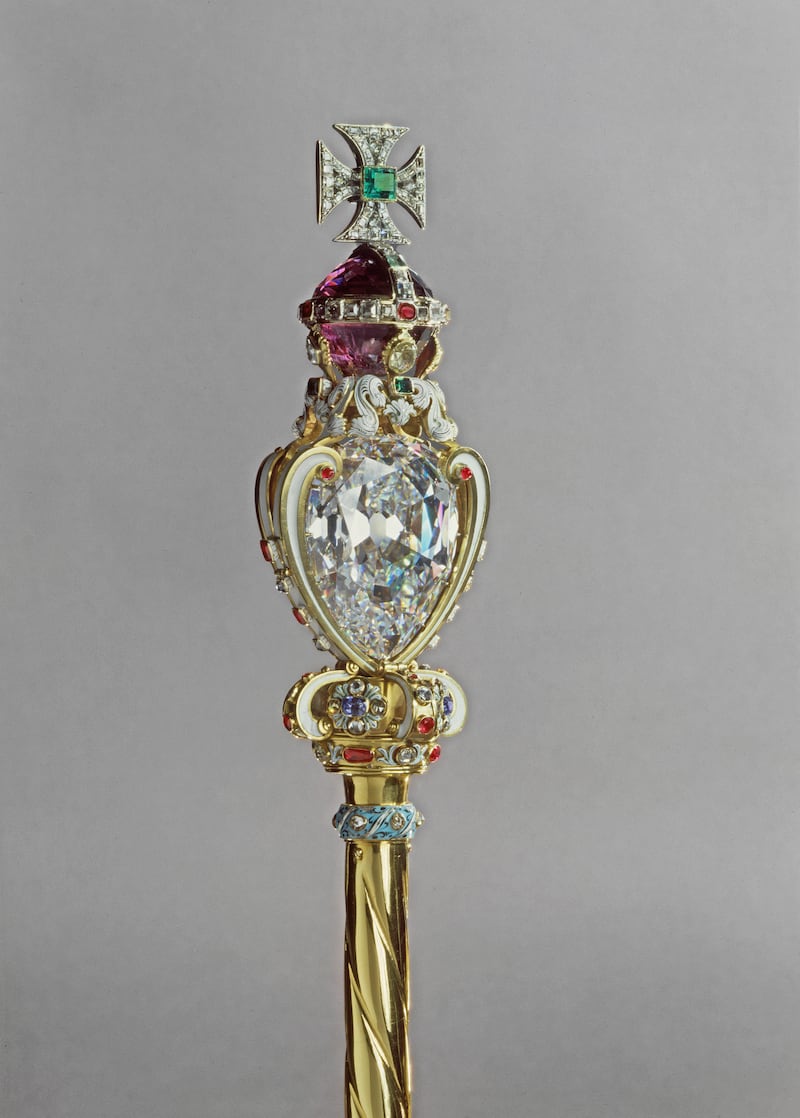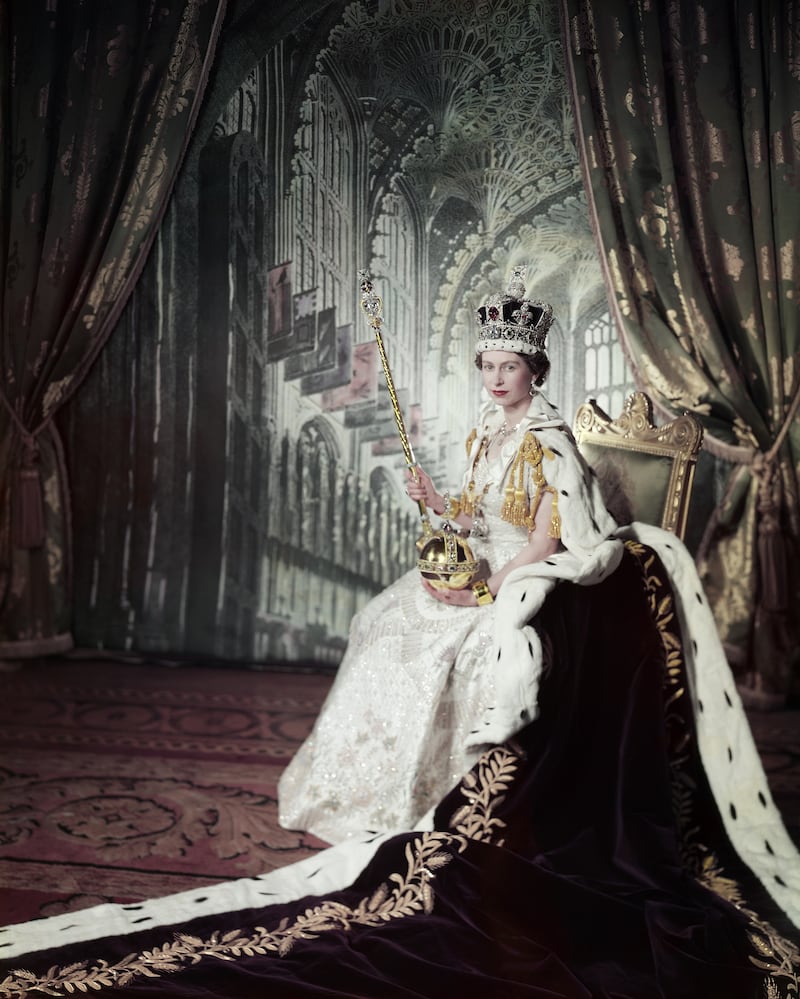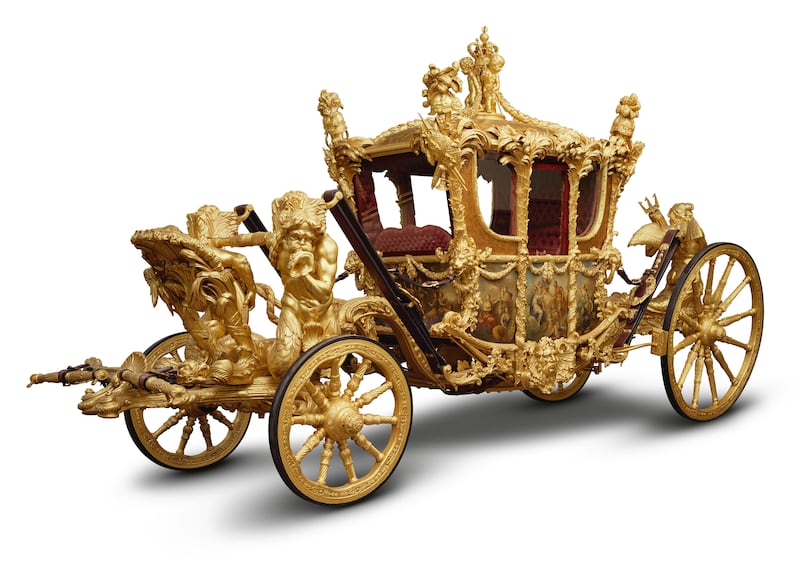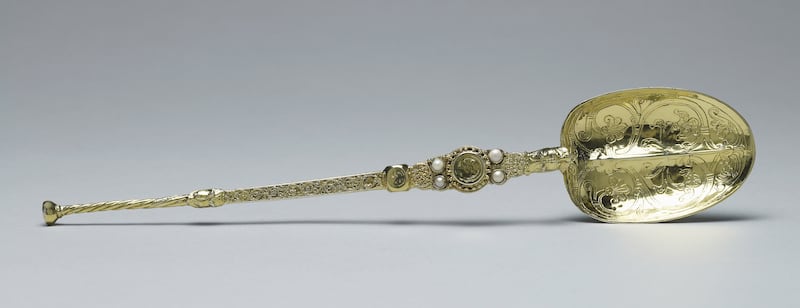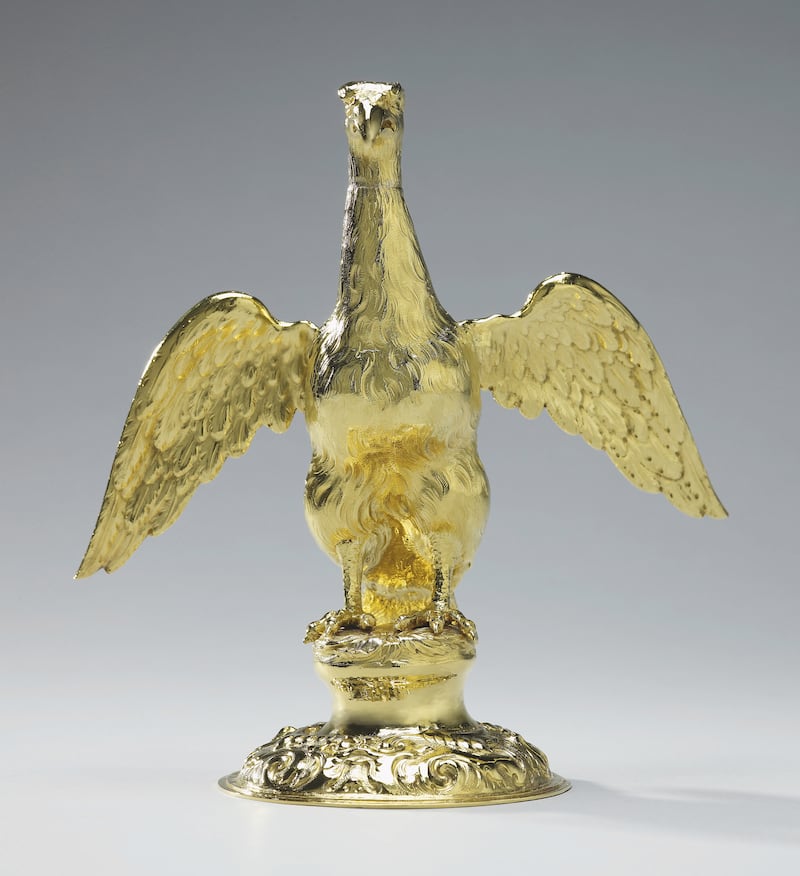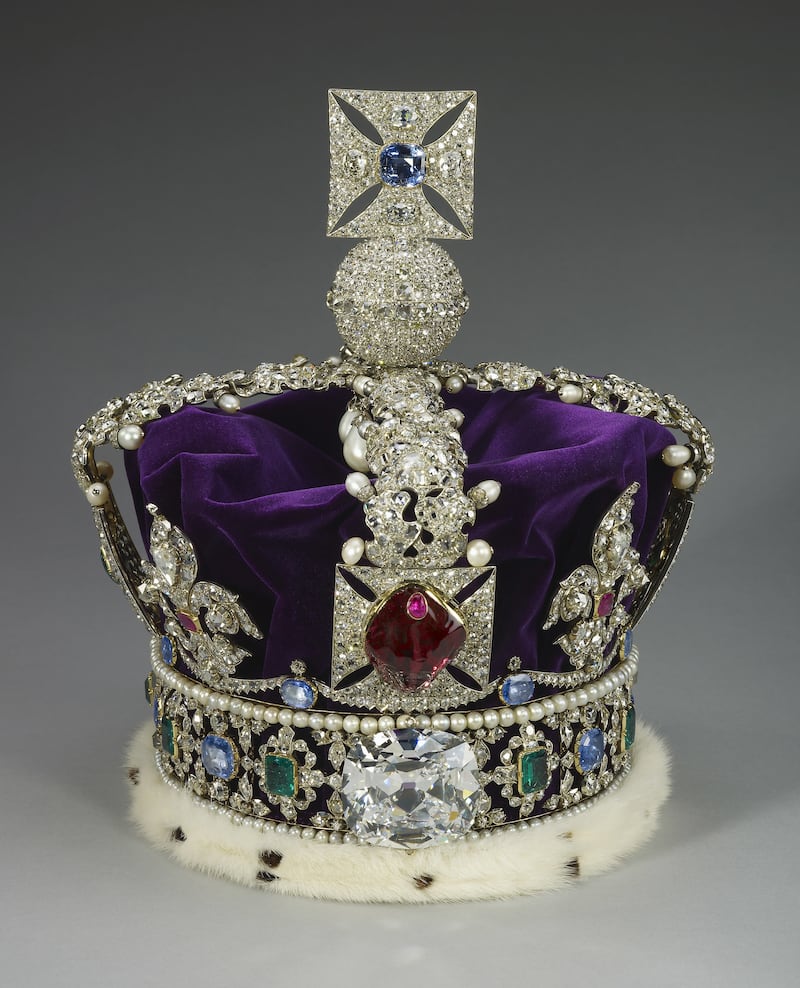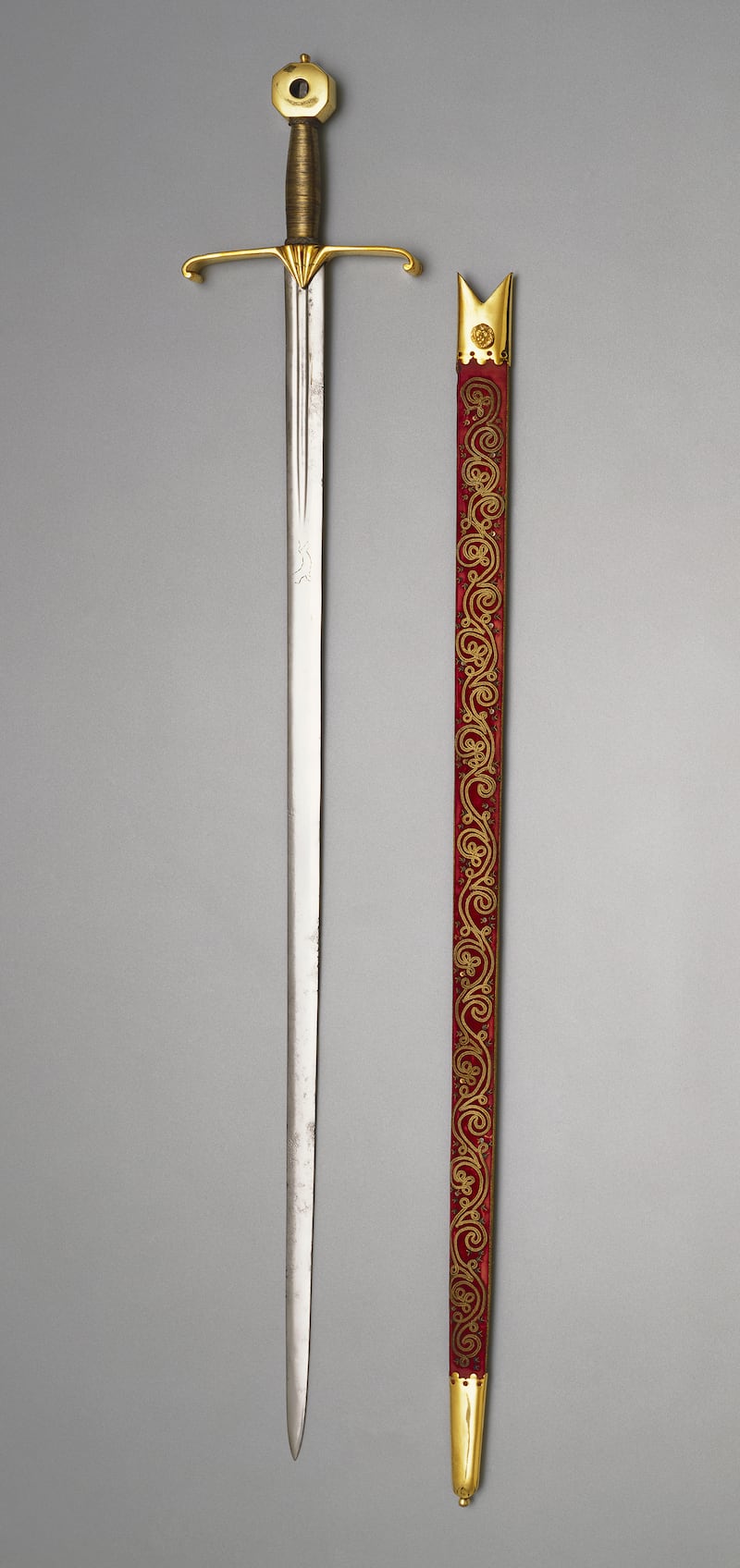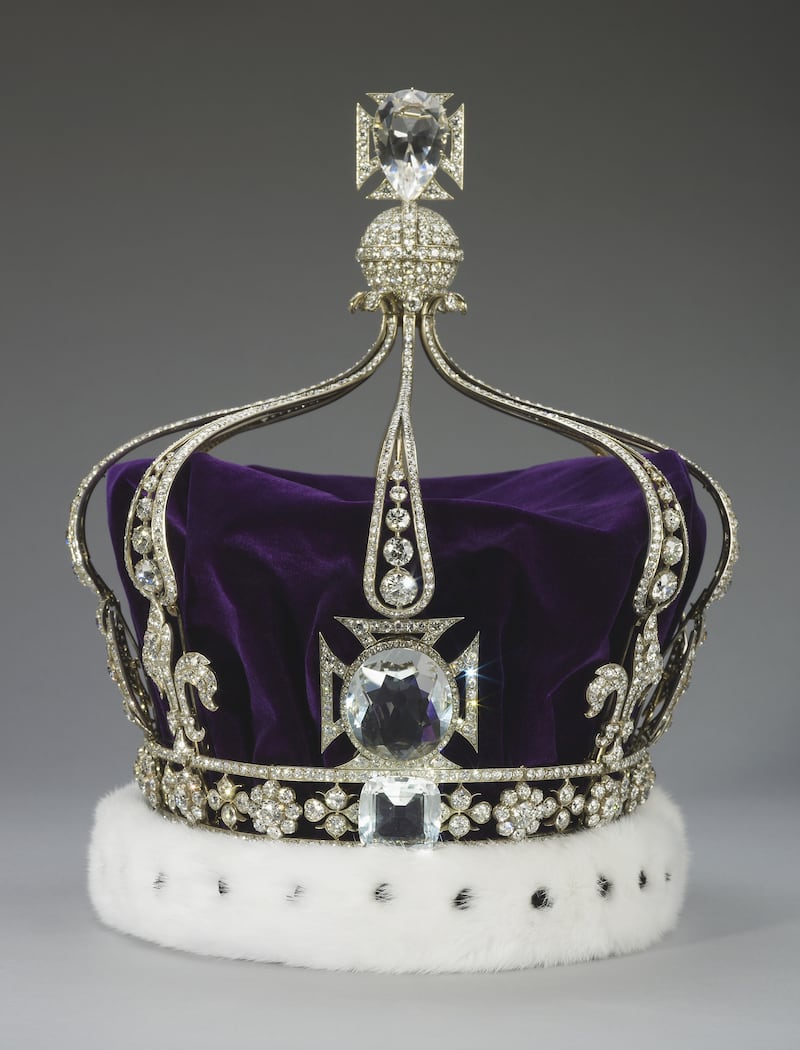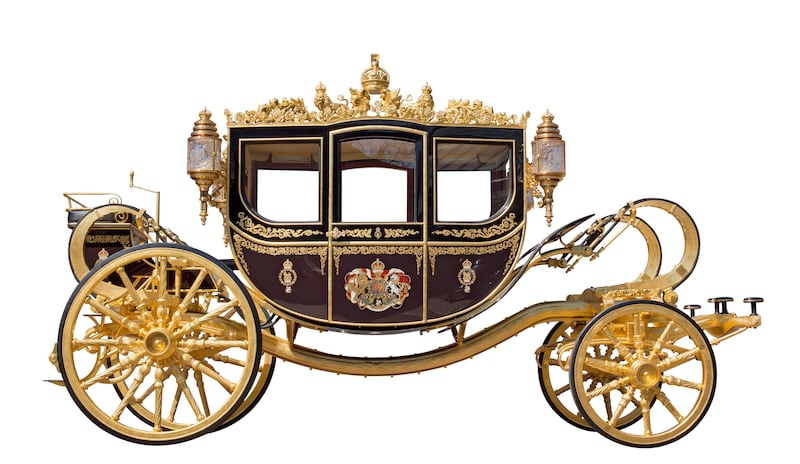A petition calling for Britain to return the diamond set in the royal sceptre that King Charles III will hold at his coronation has attracted thousands of signatures in South Africa.
The 530-carat diamond, known as the Star of Africa, was discovered in a mine near Pretoria in 1905 and given to King Edward VII by South Africa's colonial authorities.
A campaign to demand its return is being run by Mothusi Kamanga, a lawyer and activist in Johannesburg who has promoted an online petition, which has gathered about 8,000 signatures.
“The diamond needs to come to South Africa. It needs to be a sign of our pride, our heritage and our culture,” said the campaigner.
“I think generally the African people are starting to realise that to decolonise is not just to let people have certain freedoms, but it's also to take back what has been expropriated from us.”
South Africans call for UK to return diamond
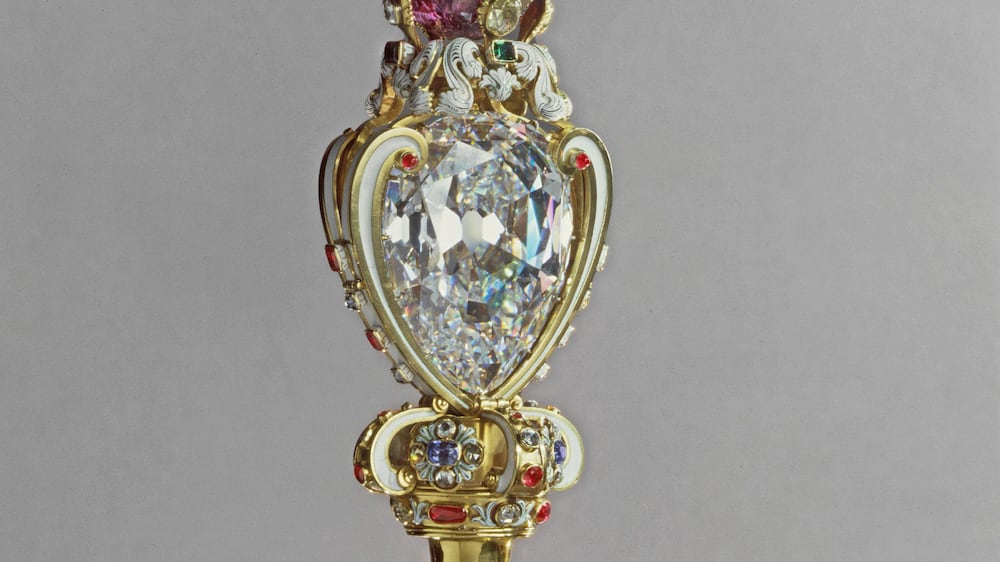
The Sovereign's Sceptre with Cross has been used at every coronation since Charles II's in 1661.
The diamond at the top of it was cut from the Cullinan diamond, the largest gem-quality rough diamond ever discovered at 3,106 carats. It was split into nine major stones, plus 96 smaller brilliants.
The largest of the stones are the Cullinan I and the Cullinan II, which is in the Imperial State Crown, which King Charles will wear at his coronation.
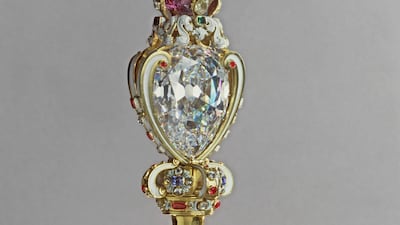
Both the state crown and the sceptre are kept with the other crown jewels in the Tower of London.
A replica of the whole Cullinan diamond, which is about the size of a man's fist, is displayed at the Cape Town Diamond Museum.
“I believe it should be brought back home because at the end of the day, they took it from us while they were oppressing us,” said Johannesburg resident Mohamed Abdulahi.
Others said they didn't feel strongly about it.
“I don't think it matters any more. Things have changed, we're evolving,” said Dieketseng Nzhadzhaba.
“What mattered for them in the olden days about being superior … it doesn't matter to us any more.”
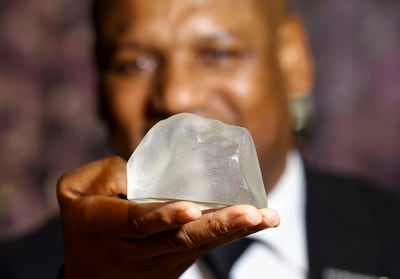
The Star of Africa is not the only controversial gem in the royal collection.
There have also been calls to return the Kohinoor diamond, which is set within the coronation crown of the late Queen Elizabeth, the Queen Mother.
The Kohinoor, which means Mountain of Light, was discovered in the Golconda mines in what is now the southern Indian state of Andhra Pradesh.
The diamond's existence was officially documented in the 18th century, although its history could date back hundreds of years before this.
The large, colourless diamond is said to have passed between Mughal princes, Iranian warriors, Afghan rulers and Punjabi maharajas before it was seized by the East India Company after its victory in the Second Anglo-Sikh War of 1849.
It was given to Queen Victoria and has remained in the Crown Jewels ever since, but is said to bring bad luck to any man who wears it.
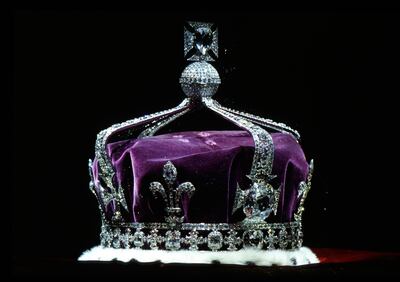
It is thought to be the world's most expensive diamond, weighing 105.6 carats and worth an estimated $600 million.
India, Pakistan and Afghanistan have long squabbled over who has the rightful claim to the gem.
India wants the diamond to be returned, and there have been several attempts to realise this, including after independence in 1947 and before Queen Elizabeth's coronation in 1953.
Each time the British government has rejected the claims, saying that the stone's ownership was non-negotiable.
The gem will not be featured in the coming coronation, thus avoiding political sensitivities and difficult questions about its provenance.
Exhibition
A new display of the Crown Jewels will open later this month at the Tower of London.
The display will include the Kohinoor, which will be described as a “symbol of conquest”.
The display will begin with the state crown frames worn by past monarchs George I, George IV and Queen Victoria in a celebration of the “timelessness” of the monarchy.
It will show how many of the most historic jewels have passed from crown to crown, including the famous Black Prince's Ruby, which was one of the late Queen Elizabeth II's favourite jewels and sits in the Imperial State Crown.
It will go on to tell the story of how the original medieval Crown Jewels were destroyed on the orders of Oliver Cromwell in 1649 during the English Civil War.
Only the 12th century Coronation Spoon, used for anointing the sovereign with holy oil, survived.
The display will also tell the story of the Cullinan diamond, with the hammer and knife that were used to make the first cuts to the stone on display at the Jewel House for the first time.
